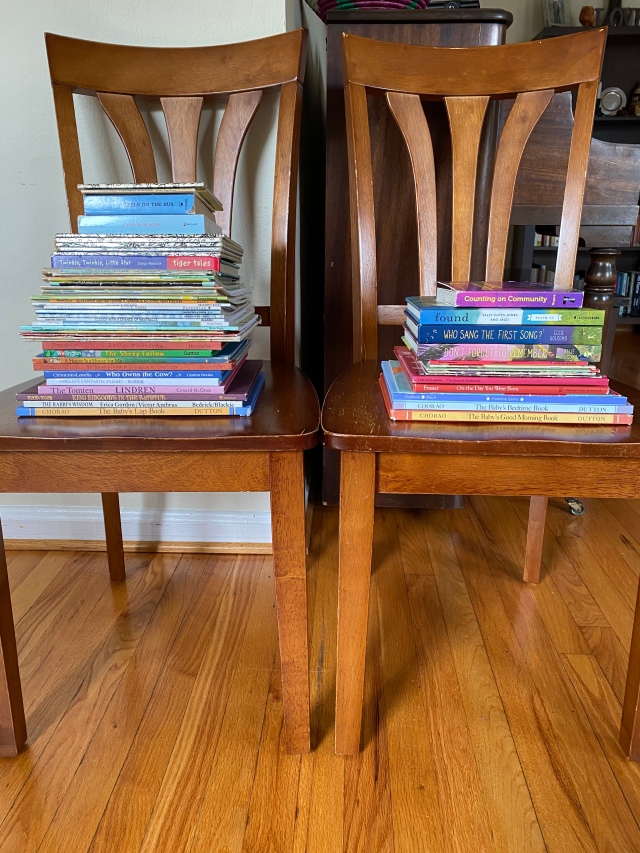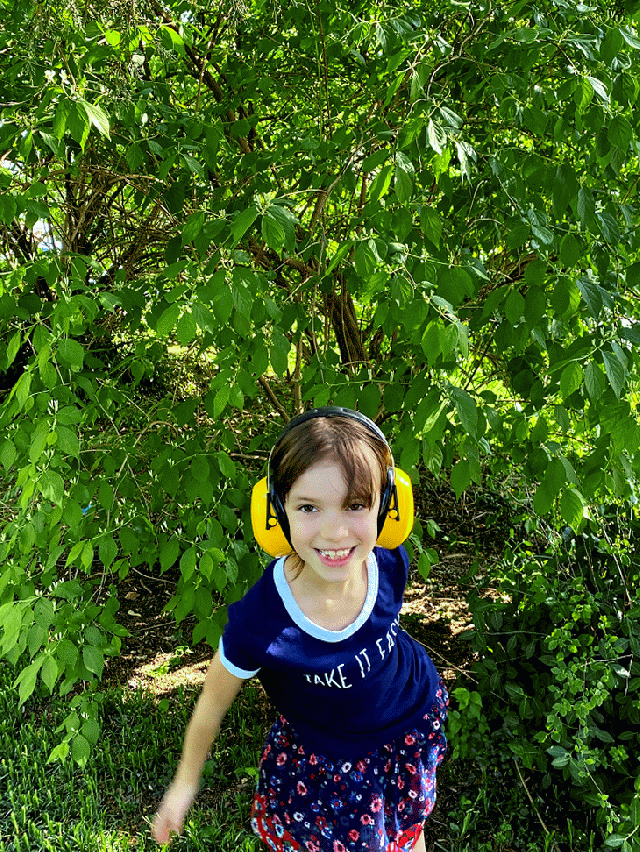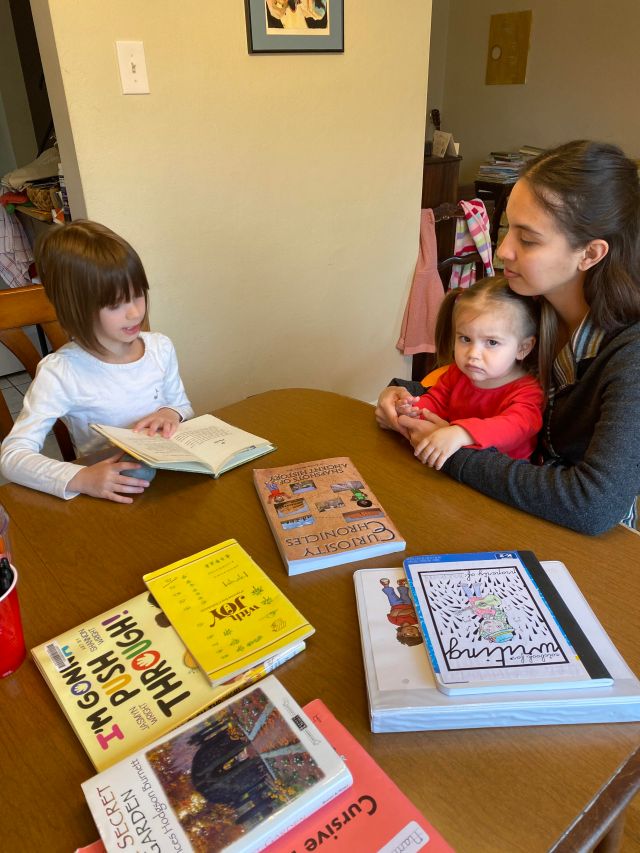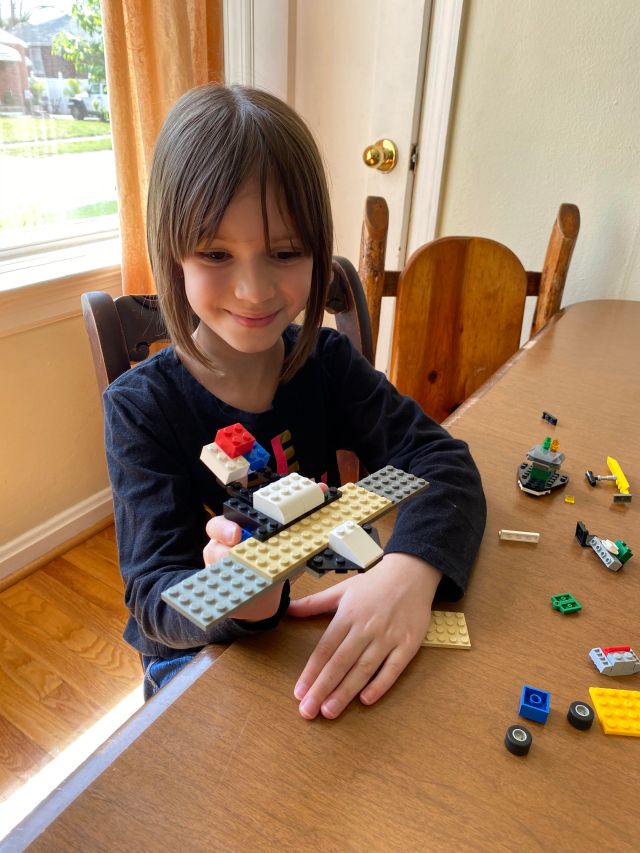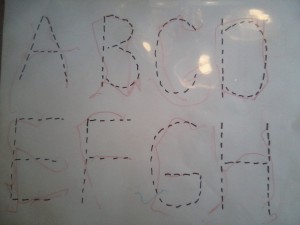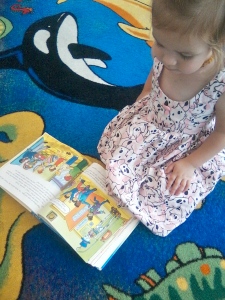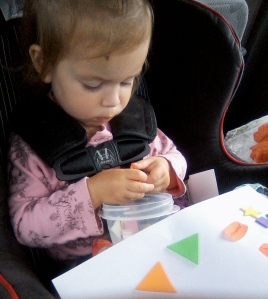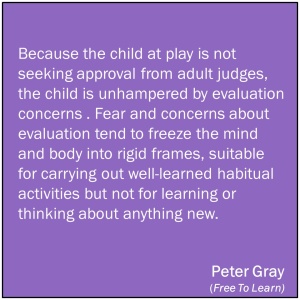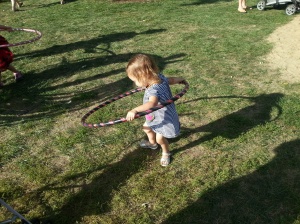After agonizing over not being able to find a history curriculum I liked (as you can read in the previous post here), trying to decide what exactly to cover in second grade, and figuring out what I felt Harmony would connect with the most, I finally came up with an outline of what we will be learning about together for this upcoming school year! Yes, I view myself as learning right alongside her. I consider myself to be a life-long learner, and as a formerly homeschooled student myself, I’m excited to continue my own studies in each of these subjects.
This is divided by single subject, but we will only be reading short parts of these books as they fit into our schedule on a few days of the week, not doing every subject every day, and keeping academics to about three hours daily. Most of what we’ll be doing involves me reading aloud to her, just like last year! She still LOVES hearing stories read aloud, as long as they aren’t too intense or scary, so the Charlotte Mason emphasis on living books fits well. I got a lot of inspiration from the Wildwood Curriculum website and I’m grateful for the perspective it provides. I deviated quite a bit from it, so our schedule will look more eclectic than anything else, but it still has some Charlotte Mason principles that Harmony and I discovered worked well for first grade, like the loads of literature, narration, focus on character, lots of nature, etc.
I’m still writing out our weekly schedule, so I’ll do another post on that later, as well as more detail on some of these subjects, like history.
If something I’ve added to the list doesn’t connect with Harmony or serve her well, I have no problem taking it out! This is a tentative list. Some of the books are picture books that can easily be read in a single sitting; some of them will be covered over the course of an entire month. A few will be used for a semester or the entire year. Most will eventually be read entirely, over the course of study, but a few will only be used for selections. We will be using some of these books for multiple grades!
~ Character Study ~
I wanted to have three areas of focus: caring about self, caring about others, and caring about God. Everything here addresses one of those topics.
The Fruit of the Spirit
The Book of Matthew
Aesop’s Fables
Five-Minute Devotions of Nature
“Right, Wrong, and Being Strong”
“Learning to Be a Good Friend”
“Eight Keys to a Better Me”
“I Walk With Vanessa”
“Strictly No Elephants”
“The Smallest Girl in the Smallest Grade”
“What Does It Mean to Be Present?”
“Alphabreaths”
~~~~~~~~~~~~~~~~~~~~~~~~~~~~~~~~~~~~~~~~~~~~~~~~~~~
~ Music ~
I am a guitar teacher and freelance musician, and my husband is also a musician, so there is quite a bit of music around the house anyway. Harmony just entered the second level of the guitar curriculum from my studio, so we will continue that! We listen to a LOT of music all day, in the car, on the radio, on the CD player, on the iPad, on YouTube, everywhere. This is just the deliberate selections I’ll be making!
Guitar lessons
Folk songs from Wildwood Curriculum
Listening music from Wildwood Curriculum
Solfege lessons from Sing Solfa
Hymns
~~~~~~~~~~~~~~~~~~~~~~~~~~~~~~~~~~~~~~~~~~~~~~~~~~~
~ Memorization ~
We enjoyed memorizing poetry and verses last year, so we’ll continue it this year. We may not have our previous selections memorized forever, but the way it allows us to see the world helps shape who we are and how we view life, which I find very valuable.
“Rain in Summer”, by Henry W. Longfellow
Colossians 3:12-15
Co-op selections
“For These, All Things Beautiful”, from With Joy poems
~~~~~~~~~~~~~~~~~~~~~~~~~~~~~~~~~~~~~~~~~~~~~~~~~~~
~ Reading Practice ~
Harmony will practice reading aloud excerpts from these books. She reads a lot on her own already, but we still need work with phonics, and there’s no need to do formal spelling or grammar yet. Reading aloud is wonderful work to begin learning the form of our language! I anticipate that she’ll probably love these characters and storylines so much that she’ll more than likely want to read them on her own, too.
“Mercy Watson” series
“Bink and Gollie” series
“The Land of Barely There” story books
“Nate the Great” series
“Mouse Scouts” series
“Encyclopedia Brown” series
“The Littles” series
~~~~~~~~~~~~~~~~~~~~~~~~~~~~~~~~~~~~~~~~~~~~~~~~~~~
~ Writing ~
Most of what she will be doing is copy-work still. At the end of the year, we will begin learning how to write sentences and short paragraphs, but we’re going slowly.
Cursive Handwriting, from Handwriting Without Tears
Writing With Ease, Level 1
“Merry-Go-Round: Nouns”, by Ruth Heller
“Kites Sail High: Verbs”
“A Cache of Jewels: Collective Nouns”
“Many Luscious Lollipops: Adjectives”
Thank-you notes
Poetry copy-work
Introduction to paragraph writing
~~~~~~~~~~~~~~~~~~~~~~~~~~~~~~~~~~~~~~~~~~~~~~~~~~~
~ Spanish ~
We mostly sang songs in Spanish last year and watched episodes of Spanish cartoons from the free PBS show, Salsa. We don’t need a formal program yet.
Free songs and games from Rockalingua
Folk songs from Sing Solfa
~~~~~~~~~~~~~~~~~~~~~~~~~~~~~~~~~~~~~~~~~~~~~~~~~~~
~ Literature, Read-alouds ~
This was Harmony’s favorite part of school last year! I’m excited to read these aloud to her and have discussions about them!
“Schoolroom in the Parlor”
“Velveteen Rabbit”
“Heidi”
“The Story of Doctor Doolittle”
“Much Ado About Nothing”
“Understood Betsy”
“The Secret Garden”
“Comedy of Errors”
“Half Magic”
Japanese folk tales
Irish folk tales
American folk tales
Native American folk tales
African folk tales
~~~~~~~~~~~~~~~~~~~~~~~~~~~~~~~~~~~~~~~~~~~~~~~~~~~
~ Math ~
Harmony liked this program last year. She is technically supposed to be in second grade math, and this calls itself fourth grade math, but it doesn’t seem very advanced, and she has done a good job handling everything so far.
Teaching Textbooks, Level 4
~~~~~~~~~~~~~~~~~~~~~~~~~~~~~~~~~~~~~~~~~~~~~~~~~~~
~ World History ~
We are excited to learn about the ancient history of our world! The other picture books are mostly from our library, to supplement the main stories of the Curiosity Chronicles book. I like this curriculum because it shows many different cultures and how they affected both the advancement of their own society, and it also shows how they fit into the civilizations around them, without making it seem like one culture should be elevated above another.
Curiosity Chronicles, Ancient History
Timeline documentation
“Sunset with the Sabertooth”
“Muti’s Necklace”
“Seeker of Knowledge”
“How to Build Your Own Country”
“Temple Cat”
“The Great Race: Chinese Zodiac”
D’Aulaire’s Book of Greek Myths
“I Have the Right to Be a Child”
“Archimedes, Take a Bath”
“What’s Your Angle, Pythagoras?”
“The Librarian Who Measured the Earth”
Usborne Book of Myths and Legends
“Day of the Dragon King”
“Cleopatra”
“The King’s Chessboard”
“The Chocolate Tree: a Mayan Tale”
“Why Do You Call Me a Barbarian?”
~~~~~~~~~~~~~~~~~~~~~~~~~~~~~~~~~~~~~~~~~~~~~~~~~~~
~ American History ~
After struggling all summer with the fact that no American history curriculum or main book exists that I feel comfortable teaching with (I explored and read through almost two dozen curricula), I finally decided to create my own book list that will cover the topics that I believe are important to know, in a more inclusive, less Euro-centric way. I also wanted to highlight more of the women in our country’s legacy. Having the perspective of Native American cultures throughout the entire timeline of America is very important to me, too, so I am seeking to include books that provide that as much as possible. I won’t use a lot of the usual books that are often recommended for this subject because they either minimize the damage done to the Indigenous people groups who were already present in America when colonists/explorers arrived or make it seem like the colonists/explorers were doing something positive in their actions against the Indigenous people. I want to be clear with Harmony right from the very beginning that history is filled with many difficult decisions and situations, and there were people on every side from every culture who tried to do what was good and right, but there were also many injustices done. We will cover the earliest people groups who inhabited America up through the beginning of the Revolutionary War. We’ll focus far more on the Revolutionary War and Westward Expansion of white colonists next year for 3rd grade. I’ll be writing another post on these books and resources for them later!
“Under Three Flags: Exploring St. Louis History”
“The Discovery of the Americas”
“Before Columbus”
“Exploration and Conquest”
“Squanto’s Journey”
“Sarah Morton’s Day”
“Roanoke: The Lost Colony”
“Mayflower, 1620”
“Tapenum’s Day”
“The Pilgrims of Plimoth”
“Finding Providence: The Story of Roger Williams”
“The New Americans”
“John, Paul, George, and Ben”
“Liberty or Death: the American Revolution”
“A Voice of her Own: Phillis Wheatley”
“Abigail Adams”
“Molly Bannaky”
“Paul Revere’s Ride”
“Children of the Earth and Sky”
“George Washington”
“Mumbet’s Declaration of Independence”
“Children of the Wind and Water”
Episodes from the television show Liberty’s Kids
~~~~~~~~~~~~~~~~~~~~~~~~~~~~~~~~~~~~~~~~~~~~~~~~~~~
~ Science ~
We belong to a wonderful home-school co-op where Harmony will take classes every week on different science topics! I’m grateful that she is getting a solid education in science that she absolutely loves, because I was never a fan of science as a student. I learn with her from the take-home work and the emails that are sent out after each class.
Co-op classes, with the subjects of Introduction to Chemistry, Chemistry, and Botany
~~~~~~~~~~~~~~~~~~~~~~~~~~~~~~~~~~~~~~~~~~~~~~~~~~~
~ Art/Handicrafts ~
She likes this co-op class, too, but “not as much as science”, she said. Grandma, who lives a few minutes away, will also be doing handicrafts with her, which is awesome. I will be teaching and assisting at the co-op as well in the art program.
Co-op classes, with the subjects of Collage, Set Design, Art in Ballet, and Drawing
Activities with grandma, such as cooking, baking, embroidery, and felt sewing
~~~~~~~~~~~~~~~~~~~~~~~~~~~~~~~~~~~~~~~~~~~~~~~~~~~
~ Nature Study ~
We had a difficult time getting outdoors for the last third of the year of first grade, because the midwest experienced record levels of snow and flooding, and because Adaline began to walk and RUN away from us whenever we went out! Most of our nature explorations happened at a nearby park or our own backyard, which isn’t bad, but wasn’t what we had hoped to do. So we are planning on letting Adaline spend time with grandma each week so Harmony and I can focus together on nature together again, much to our delight!
“Exploring Nature with Children: a Complete Year Long Curriculum”
Nature journaling
Nature excursions
~~~~~~~~~~~~~~~~~~~~~~~~~~~~~~~~~~~~~~~~~~~~~~~~~~~
There it is! We start school on the 19th this month, so I still have a lot to do to get the weekly schedules written out for the first semester, arrange our school supplies, get our household organization back in order so I don’t have to worry about it as much during the school year, and finalize my own schedule. Harmony and I are both looking forward to starting second grade together!
